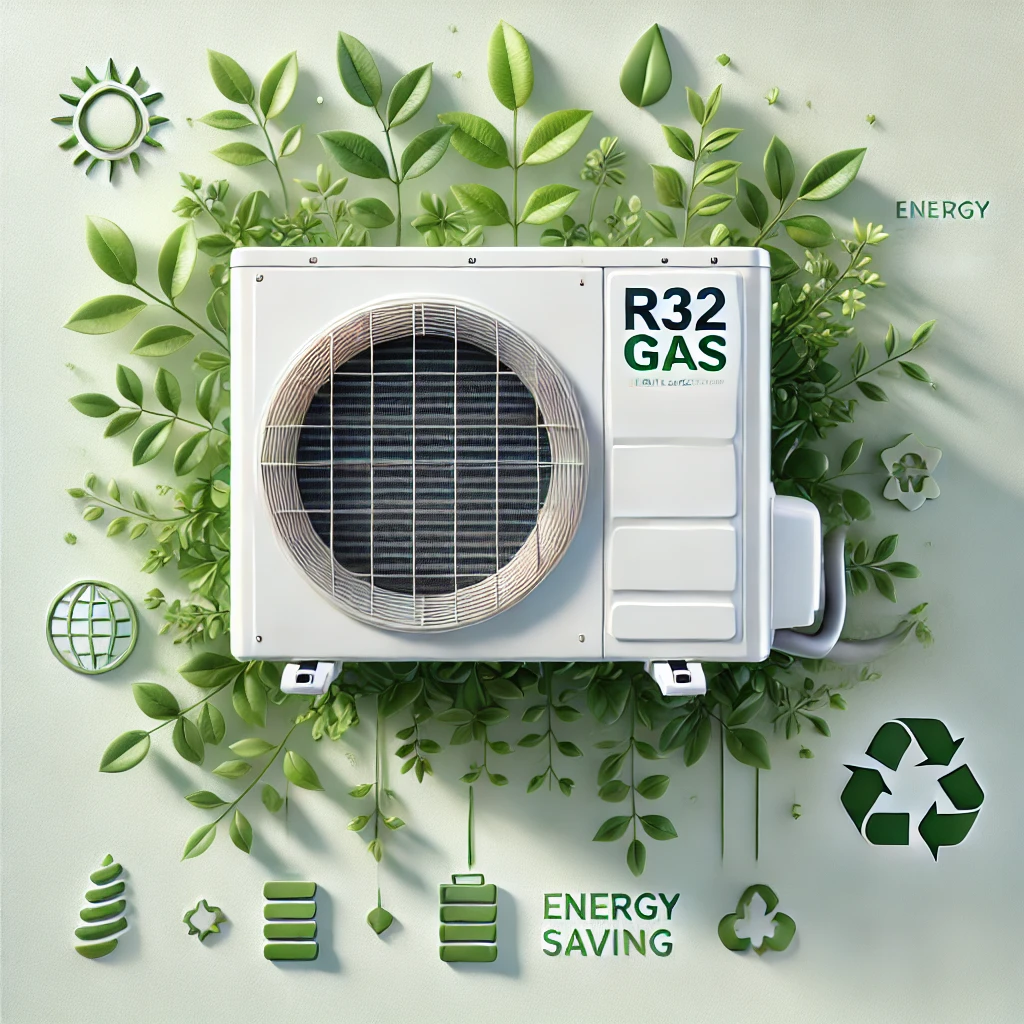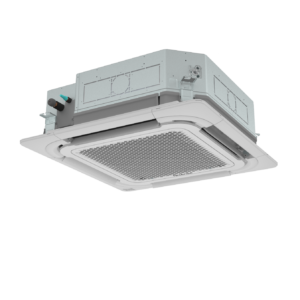For air conditioning energy calculation, the formula (Watt x Working Hour) / 1000 = Energy Consumption (kWh) is used. This formula can be used to calculate how much energy the air conditioner consumes over a certain period of time.
Energy Consumption (kWh) = Device Power (kW) × Working Time (hours)
If the air conditioner is not operating at full capacity (for example, at part load with inverter technology), the consumption per hour may be slightly lower. However, the consumption per hour is usually close to the kW value on the air conditioner’s label. This consumption amount means that the cost per hour can be calculated as kW value × 2 TL, assuming that the average unit price for 2025 is 2 TL/kWh.
How much energy does a 9000 BTU air conditioner consume?
If you are using a 9,000 BTU air conditioner, your air conditioner will consume approximately 0.8 kW of electricity per hour at the highest speed.
How much energy does a 12000 BTU air conditioner consume?
A 12,000 BTU Class A air conditioner consumes 1.08 kW of electricity per hour in the fastest operating mode.
How much energy does an 18,000 BTU air conditioner consume?
18,000 BTU Class A air conditioner models consume 1.78 kW of electricity per hour in the fastest mode.
How much energy does a 24,000 BTU air conditioner consume?
24,000 BTU capacity air conditioner models consume 2.19 kW of electricity per hour in the fastest mode.
How Much Electricity Does an Air Conditioner Consume in 1 Month?
How Much Electricity Does a 9,000 BTU Air Conditioner Consume?
A 9,000 BTU air conditioner is a preferred model for a small room and its energy consumption is relatively low. A 9,000 BTU air conditioner in the A energy class consumes an average of 0.8 kW (800 Watt) of electricity per hour when operating at full power. An inverter 9000 BTU air conditioner can draw power ranging from 0.1 kW to 1.2 kW depending on the load, consuming an average of ~0.6 kW per hour. If it works continuously for 24 hours, it theoretically produces 14.4 kWh per day and 432 kWh per month. However, in practice, the compressor is not always at full capacity. A 9000 BTU air conditioner does not add a huge burden to the bill if used for a few hours per day. For example, if it works at full capacity for 5 hours per day, 5 × 0.8 = 4 kWh/day, which is ~120 kWh per month. If 2 TL per kWh is assumed in 2025, this means a cost of ~240 TL per month. 9000 BTU air conditioners cool small areas efficiently and are considered one of the most economical models with a consumption of around 0.8 kWh per hour.
How Much Electricity Does a 12000 BTU Air Conditioner Consume?
12,000 BTU air conditioners are widely used in medium-sized rooms and consume an average amount of electricity. A Class A 12,000 BTU air conditioner consumes ~1.08 kW of electricity per hour at maximum speed. This value is obtained when you operate the air conditioner at full capacity. An inverter 12,000 BTU air conditioner can draw power between 0.2 kW and 1.6 kW and consumes around ~0.9 kW on average. Theoretically, if this average is accepted, a consumption of 21.6 kWh per 24 hours and ~648 kWh per month can be calculated. Of course, most users do not operate the air conditioner 24 hours a day; for example, in 10 hours of use per day, the daily consumption will be ~10.8 kWh and ~324 kWh per month. If the kWh unit price is assumed to be around ~2 TL in 2025, this usage can result in an expense of around 648 TL. As a result, a 12,000 BTU air conditioner consumes around 1-1.1 kWh per hour. It consumes a little more electricity than 9000 BTU, but less than 18000 BTU. When set under the right conditions and at a reasonable temperature, an efficient 12,000 BTU air conditioner makes the environment comfortable with a daily consumption of a few kWh.
How Much Electricity Does an 18000 BTU Air Conditioner Consume?
An 18,000 BTU air conditioner is suitable for large areas such as large halls or offices and consumes more electricity. An A-class 18,000 BTU air conditioner draws approximately 1.78 kW of electricity per hour at its highest cooling power. This is approximately 120% more than a 9000 BTU. Inverter 18,000 BTU models adjust their power consumption according to the compressor load, and an average of around 1.1 kW per hour can be mentioned. In 24-hour continuous use, a consumption of 26.4 kWh/day and ~792 kWh per month can be calculated. If 2 TL/kWh is assumed in 2025, this could cost ~1584 TL per month. Of course, this is the scenario where the device operates at full capacity without stopping; in normal use, the air conditioners reduce the compressor speed when they reach the desired temperature. For example, in 8-12 hours of use per day, an 18,000 BTU air conditioner consumes around 10-20 kWh per day, which corresponds to several hundred kWh per month. As a result, 18,000 BTU air conditioners consume more electricity than smaller models, with an hourly consumption of around 1.7-1.8 kWh. However, they have a high cooling capacity for large areas and can provide good efficiency per unit volume when used correctly.
How Much Electricity Does a 24,000 BTU Air Conditioner Consume?
24,000 BTU air conditioners are high-capacity devices, also known as living room type, and can air condition large spaces. An air conditioner with this capacity consumes approximately 2.19 kW of electricity per hour at maximum operation. In other words, it can draw three times as much energy as a 9000 BTU air conditioner. For example, if a 24,000 BTU air conditioner is operated at full power for 10 hours, it will consume 21.9 kWh per day and reach ~657 kWh per month. If it is estimated that 1 kWh will cost 2 TL in 2025, a monthly bill of ~1314 TL may be reflected. Inverter models do not consume 2.19 kW every hour;







